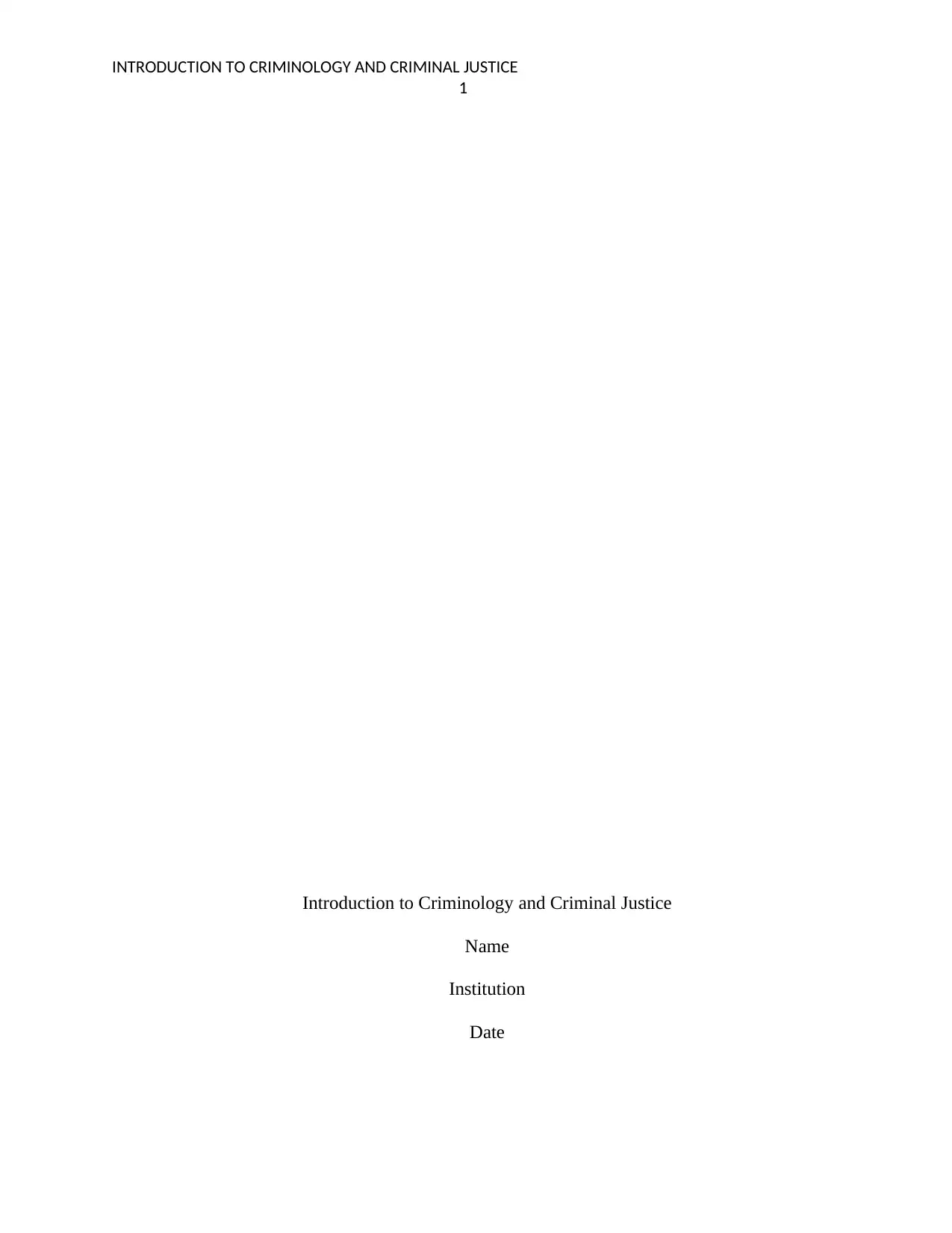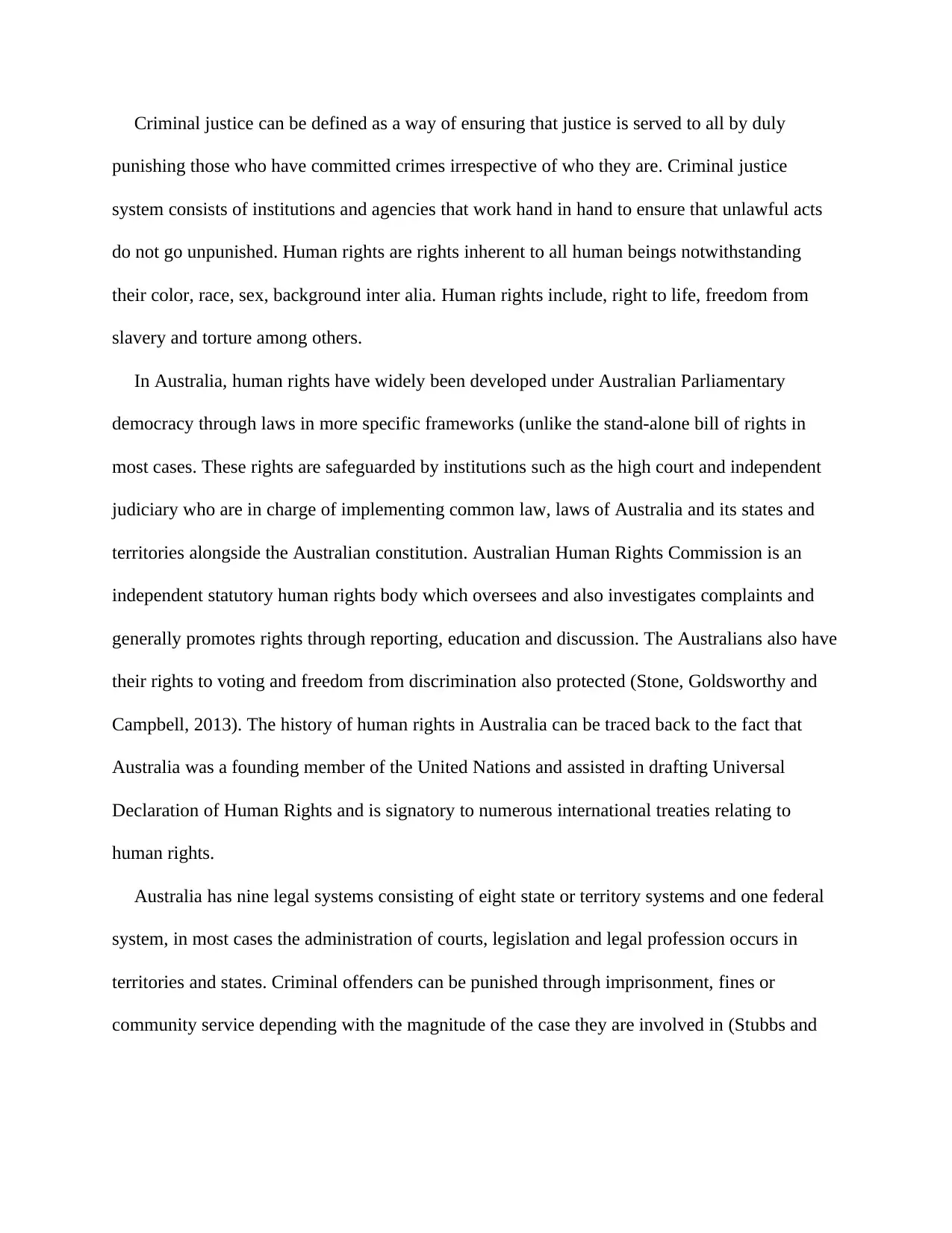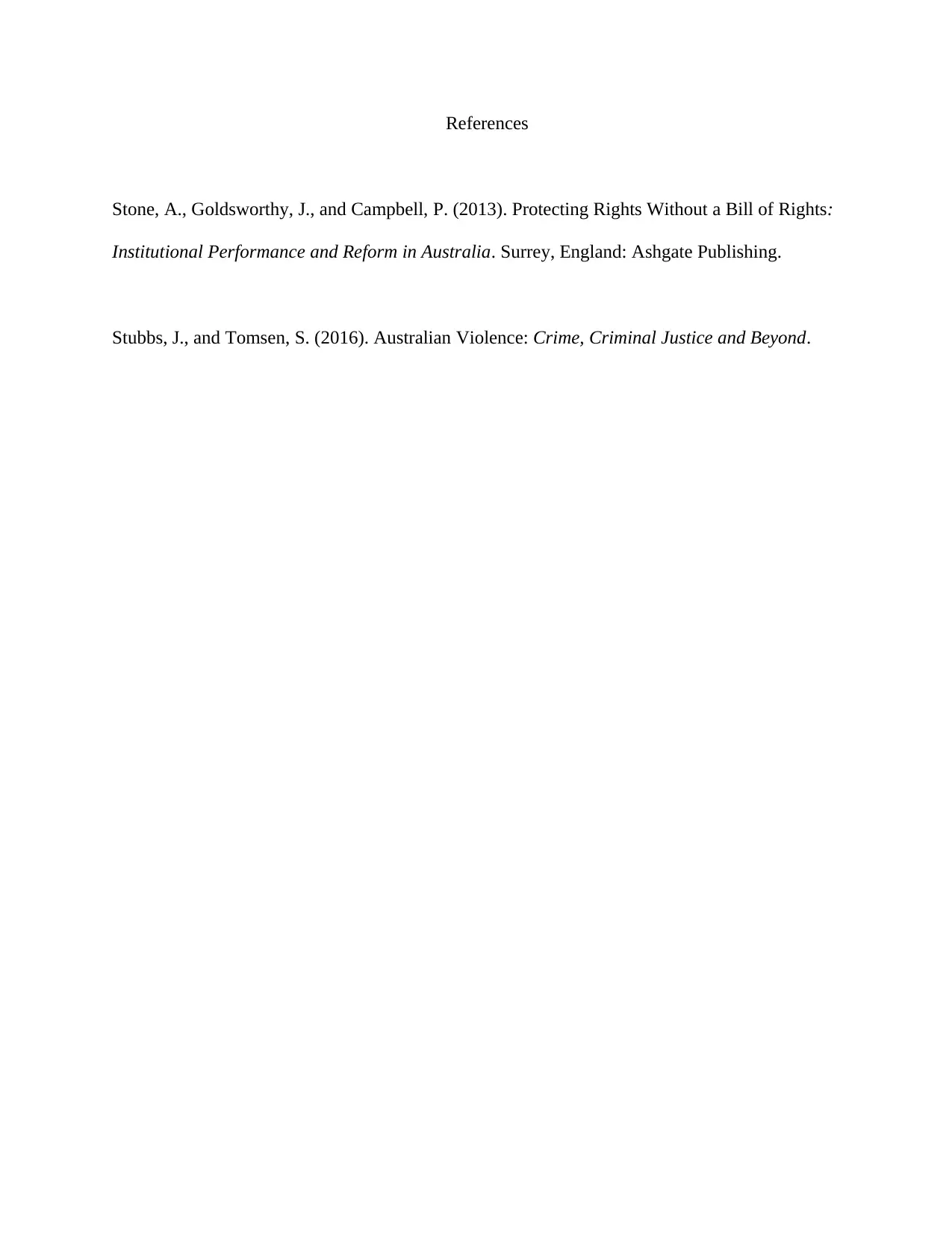Analysis of Human Rights within Australian Criminal Justice
VerifiedAdded on 2022/09/28
|4
|448
|30
Essay
AI Summary
This essay examines the relationship between human rights and the criminal justice system in Australia. It begins by defining criminal justice and highlighting the importance of human rights, including the right to life and freedom from torture. The essay discusses how Australia safeguards these rights through its legal framework, including the Australian Constitution, common law, and specific statutes. It also touches on the role of institutions like the Australian Human Rights Commission and the High Court. The essay outlines the historical context, noting Australia's involvement in the Universal Declaration of Human Rights and its adherence to international treaties. It further explains the structure of the Australian legal system with its state, territory, and federal components. Finally, it addresses how criminal offenders are punished, emphasizing that penalties vary depending on the nature of the offense, thereby ensuring justice is served according to law.
1 out of 4











![[object Object]](/_next/static/media/star-bottom.7253800d.svg)